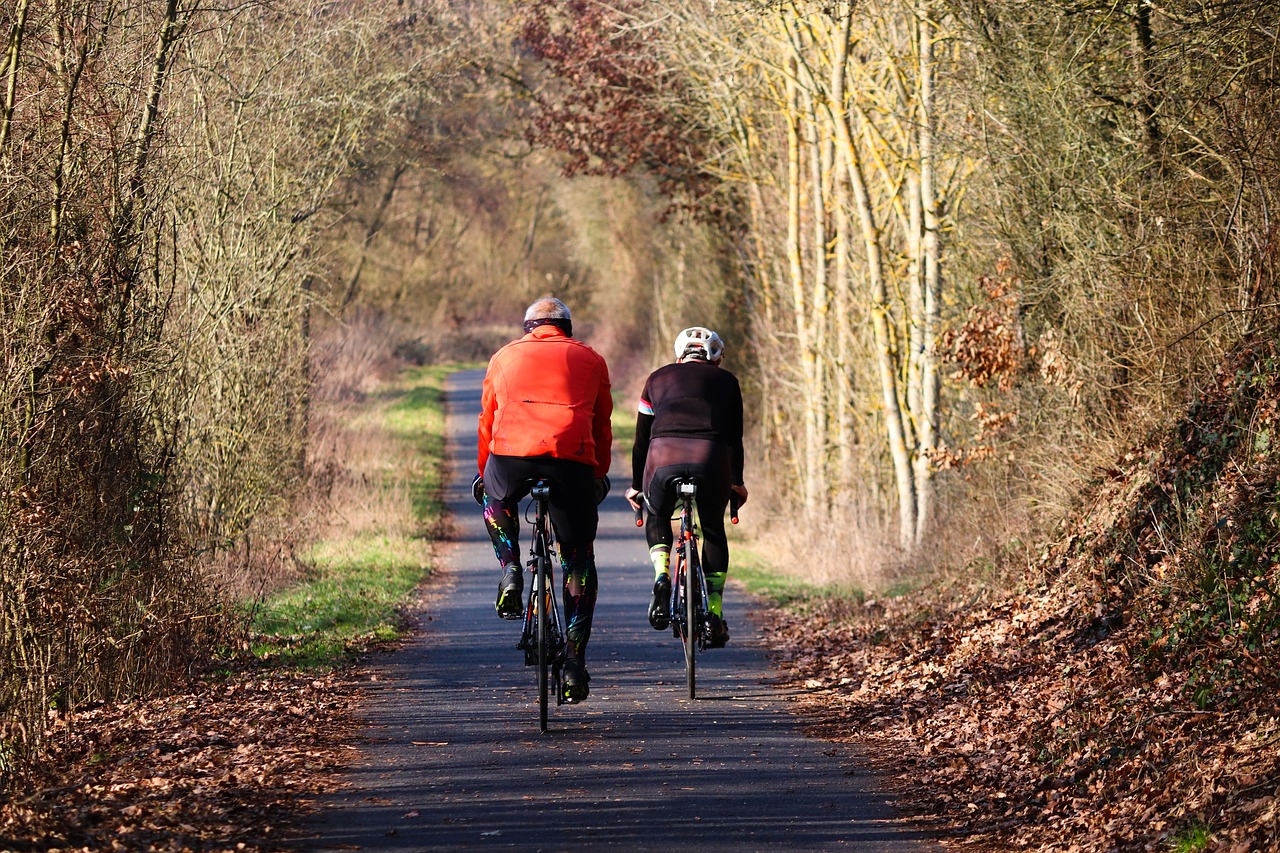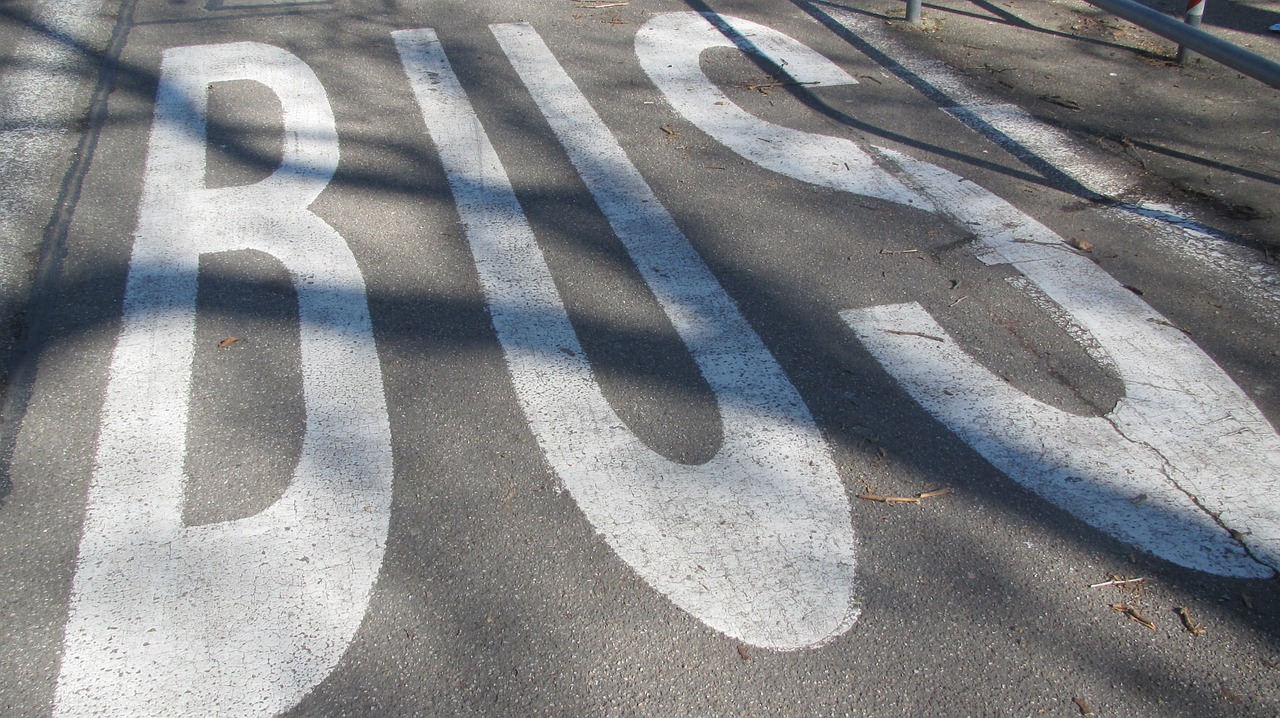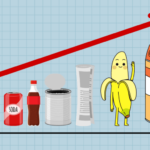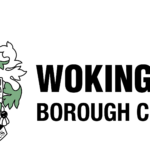Taken from Wokingham News Centre.
Everyone who travels around Wokingham Borough is invited to share their views on a vision for a healthier, safer and more environmentally friendly transport network.
The council is consulting on its revised Local Transport Plan, a “big picture” strategy that sets out how all kinds of provision will be offered in future, and where it should seek funding for improvements.
It aims to create opportunities for people to walk or wheel, cycle or take the bus or train for everyday trips, supporting the Government’s goal of making these the natural choices for shorter journeys and parts of longer ones.
The plan sets out to reduce congestion on the roads for trips where driving is needed, while reducing serious road collisions and making travel safer for everyone.
It aims to increase access to parks, leisure centres, public services and workplaces while reducing harmful air pollution and noise. This supports the council’s wider aim of improving people’s physical and mental health.

Keeping you safe and protecting the environment
The new Local Transport Plan will guide all transport decisions in Wokingham Borough, providing a starting point for developing more detailed transport plans including active and sustainable travel, plus improvements to roads and public rights of way.
Feedback from this consultation, which closes on Friday, 23 February, will be considered while making final changes and the plan could be adopted in late summer 2024.
As well as ensuring access for all, the plan recognises that many people rely on cars, especially in more rural areas where public transport can’t be provided without the council’s financial support.
This draft, shaped by comments from two earlier surveys, includes an action plan to bring its ideas to life and tackle the challenges of a growing population, air pollution and the climate emergency.
The new Local Transport Plan is supported by documents like the council’s Local Cycling and Walking Infrastructure Plan and Bus Service Improvement Plan, both published in spring 2023 following consultation.
Turning hopes and ideas into reality
The draft plan has three broad aims: creating healthy and safe places, reducing the environmental impact of transport and developing the economy.
Specific goals include:
- reducing serious and fatal road collisions
- enabling at least half of trips in urban areas to be active or on public transport by 2030
- improving air quality in Wokingham town centre and Twyford as soon as possible
- reducing through traffic and changing the speed limit in Wokingham town centre
- improving travel options in rural areas
- supporting more frequent bus and rail services, and improving walking and cycling links, between key destinations
- reducing the dominance of vehicles in town centres and residential areas
Possible actions, subject to consultation and external funding, include:
- continuing planned improvements to cycling and walking infrastructure and bus services
- developing a strategy for installing electric vehicle chargepoints
- trialling “school street” schemes with temporary traffic restrictions at peak times
- expanding educational measures like cycle training to help everyone, including young people, to travel more safely and confidently
- considering 20mph speed limits and increasing space for pedestrians and businesses in built-up areas, plus speed limit changes on some major roads
- developing a freight strategy to reduce the impact of heavy goods vehicles
- considering electric scooter hire schemes, which is the only way these can legally be ridden on public highways, or bike hire schemes
- targeted measures to tackle air quality issues in specific areas
A better journey, however you travel
Cllr Paul Fishwick, executive member for active travel, transport and highways, said: “Building a safer, greener and more resilient transport network requires action on many fronts, including better walking, cycling, public transport and electric vehicle facilities.
“Health, access for all and wellbeing are at the heart of all our plans, and this is no exception. People who cycle or walk to work are generally healthier and live longer than those who drive, with lower rates of heart disease, so it’s vital to create these opportunities.
“As well as encouraging people to drive less where possible, which will address the root cause of traffic congestion and frustrating delays, we need to provide high-quality infrastructure to make this an attractive, realistic option.
“We’re pleased to have one of the lowest rates of serious and fatal road collisions in the country – and many of those which happen are, sadly, due to other people’s actions beyond our control. However, we’ll do everything we can to address the challenge of reducing them further.
“We’re facing unprecedented financial challenges, so this will rely on external funding – and having a robust Local Transport Plan will put us in the best position to secure this and make the borough a better place for everyone to live.”

Why the plan needs updating
All local highways authorities must have an up-to-date Local Transport Plan. This must be presented to the Department for Transport and can help secure funding.
The council’s existing plan, which runs from 2011 to 2026, has brought benefits like new walking and cycling routes, including the Bader Way from Woodley to Dinton Pastures Country Park and the greenway from Arborfield Green to California Country Park.
It has led to Wokingham town centre improvements like the bus interchange at the station and the link from Wellington Road to Reading Road. It has also provided several major new roads, including the award-winning Observer Way at Arborfield, with shared footways and cycleways along their length.
However, with most of these now completed, changing travel trends after the pandemic and a greater focus on the climate emergency, the new Local Transport Plan must reflect changing local and national priorities.

Listening to your hopes and concerns
The council first consulted in early 2020 but events since then, including the pandemic and cost of living crisis, have hugely affected how people work, travel and use public services.
Because of this, further engagement was carried out in spring 2023 to ensure the council still understood everyone’s views.
One key finding was that most people strongly agree with reducing vehicle emissions and air pollution. People highly agreed with making longer car journeys if this helped make walking and cycling to school safer for children.
The top three concerns were pedestrian safety, air quality and traffic congestion, while specific issues included children’s safety, a lack of cycling infrastructure and narrow travel options.
All this was considered when drafting the Local Transport Plan and the council will continue listening as it moves to the next stages.







